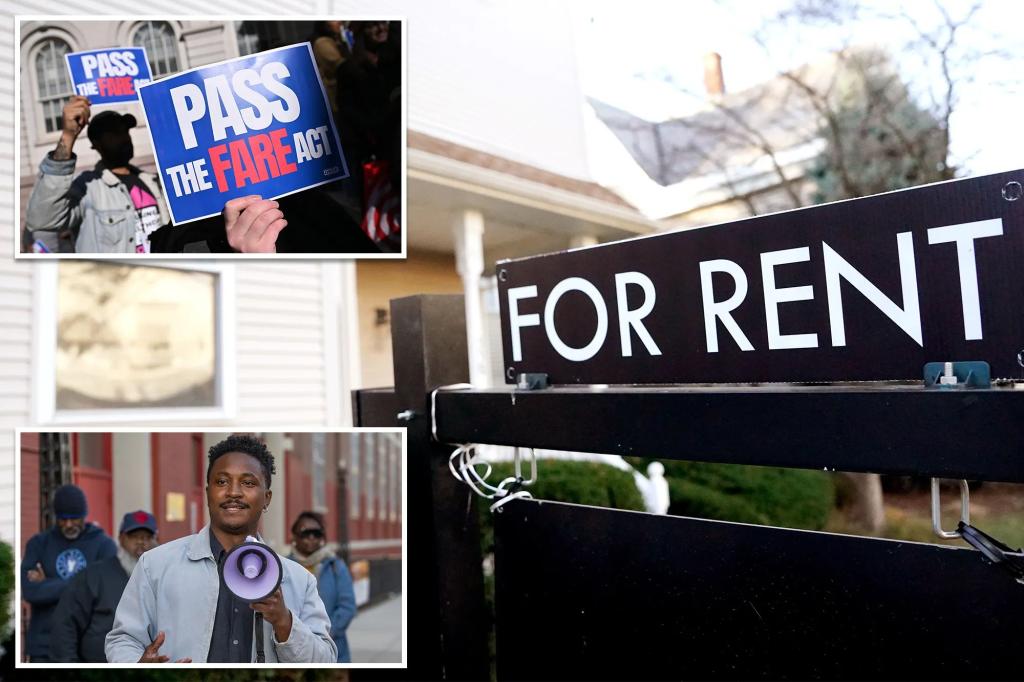N
ew York City renters have been enjoying a noticeable reduction in costs since the Fairness in Apartment Rentals Act (FARE Act) took effect on June 11, but real‑estate analysts caution that the benefit may be short‑lived. A study released by tenant‑review site OpenIgloo on Friday found that the ban on broker fees has saved tenants an average of roughly $1,300.
Despite the savings, the overall rental market has still seen a modest rise. OpenIgloo’s CEO, Allia Mohamed, noted that city rents increased about 6 % over the summer compared with the same period a year earlier. That figure is lower than the 8 % rise that some feared when the law was announced, yet it still reflects the fact that many landlords have simply shifted the cost of broker fees into the monthly rent.
Historically, tenants were required to pay broker fees ranging from 8 % to 15 % of their annual rent. Mohamed told The Post that while the FARE Act has prevented those steep fees, the rent hikes that followed are nowhere near the 8‑15 % jump that some critics warned about.
In a typical summer, rents climb roughly 8 %. However, broker Douglas Eliman’s Kelyan Sanai argues that the current savings will eventually disappear. “Right now, rents are up about 6 % or more, and that’s for a year,” Sanai said. “In Manhattan’s upscale neighborhoods, increases can reach 12 %. Next year, a 3 % raise could still mean paying more overall.”
OpenIgloo’s report also highlighted that the average market‑rate one‑bedroom apartment in New York City has risen 14.6 % in the past year, from $3,600 to $4,125. Mohamed pointed out that the steepest hikes are occurring in trendy areas such as SoHo, the West Village, and the East Village.
Senior economist Kenny Lee of StreetEasy explained that the FARE Act’s savings are counterbalanced by other affordability pressures. “The rental market has become more competitive because potential buyers are staying in rentals due to high mortgage rates,” Lee said. “Manhattan’s inventory has been shrinking for over a year and a half, pushing up asking rents.”
In contrast, neighborhoods like Long Island City, Crown Heights, and Gowanus, where housing supply is expanding, have seen more modest rent increases. Landlords in these areas are reportedly cautious about raising prices.
Christopher Sadowski, a top city realtor, observed that there are “very few apartments for rent right now” across Manhattan’s and Brooklyn’s fashionable neighborhoods. “The FARE Act has created a strong incentive for landlords to keep their tenants,” Mohamed added.
Founder and CEO of Decode Real Estate, Danielle Nazinitsky, warned that the savings from eliminated broker fees may evaporate if tenants stay for a second year. “Renters might be paying less in fees, but their base rent is higher,” she said. “If they stay, that $1,300 in savings is essentially gone.” She estimates that her clients are experiencing rent increases of about 10 %.
Nazinitsky also noted the scarcity of available units in coveted areas such as the Upper West Side, Upper East Side, Brooklyn Heights, and Cobble Hill. “There are only about 84 rentals in SoHo and Hudson Square, whereas there used to be over 150,” she said. “People are scrambling, paying over asking price, and more are willing to pay a one‑month broker fee now to get assistance.”
Lee concluded that renters will need to exercise patience to see the long‑term effects of the FARE Act. “Housing cycles take a long time to play out,” he said. “But eventually, a lower barrier to moving, combined with increased housing supply, should lead to a healthier market where more homes become accessible.”














